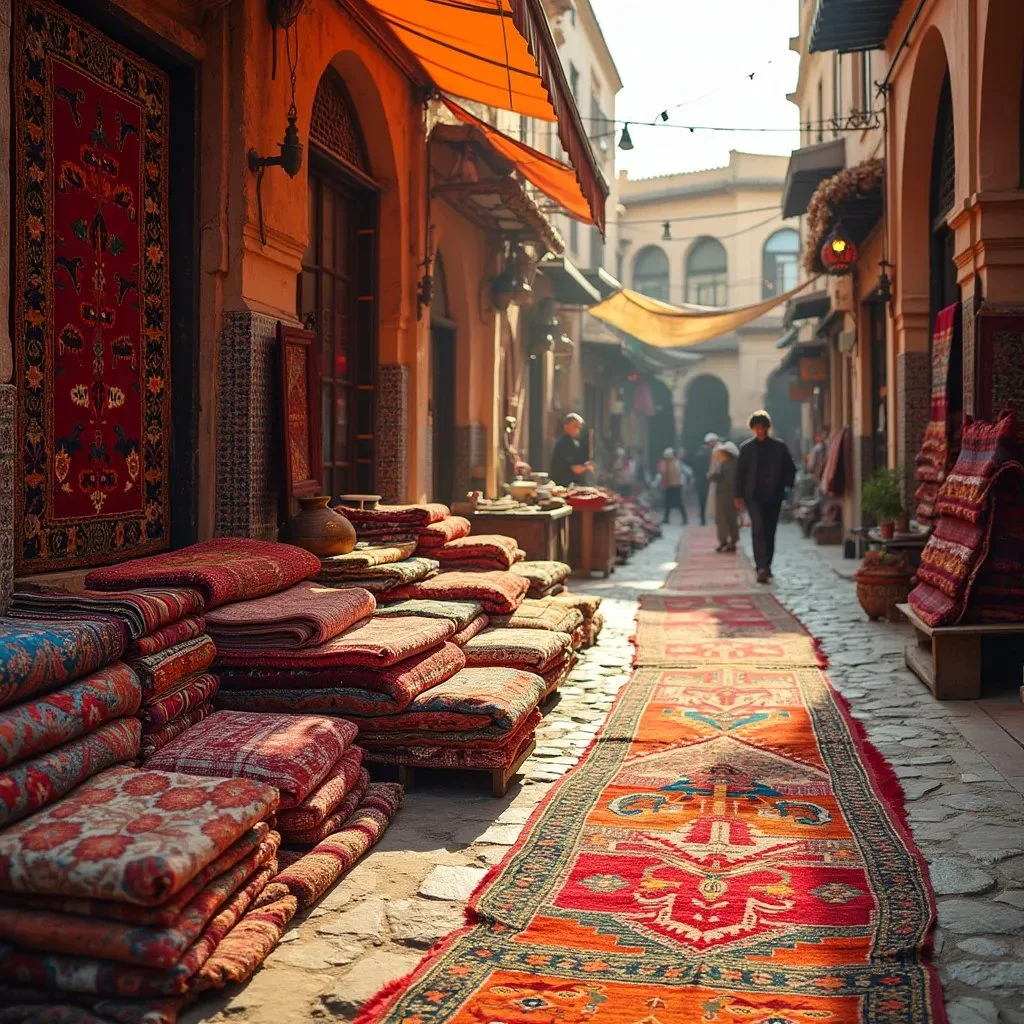The Rich History of Moroccan Carpets
Moroccan handicraft carpets are renowned worldwide for their intricate designs, vibrant colors, and deep cultural significance. Originating from the Berber tribes, these carpets reflect centuries of tradition and artistry. The weaving techniques have been passed down through generations, preserving the unique styles and patterns characteristic of different regions.
Materials and Techniques
The materials used in Moroccan carpets are often sourced locally, including wool, cotton, and sometimes camel hair. The weaving process is labor-intensive, requiring skillful hands and a keen eye for detail. Each carpet tells a story, with patterns symbolizing various aspects of life, such as fertility, spirituality, and protection. Traditional dyes derived from plants and minerals give these carpets their distinct and lasting colors.
Varieties of Moroccan Carpets
There are several types of Moroccan carpets, each with its unique charm. The Beni Ourain rugs are known for their simple geometric patterns in black and white, while the Azilal carpets are more colorful and often incorporate abstract designs. Kilim rugs, another popular variety, are flat-woven and feature intricate motifs and vibrant hues. These different styles cater to a wide array of aesthetic preferences and interior design needs.
The Importance of Preservation
Preserving the art of Moroccan handicraft carpets is crucial for maintaining cultural heritage and supporting local artisans. By purchasing authentic Moroccan carpets, you contribute to the livelihoods of the weavers and help keep this beautiful tradition alive. Additionally, understanding the origin and meaning behind these carpets can deepen your appreciation for their beauty and craftsmanship.



 No products in the cart.
No products in the cart.